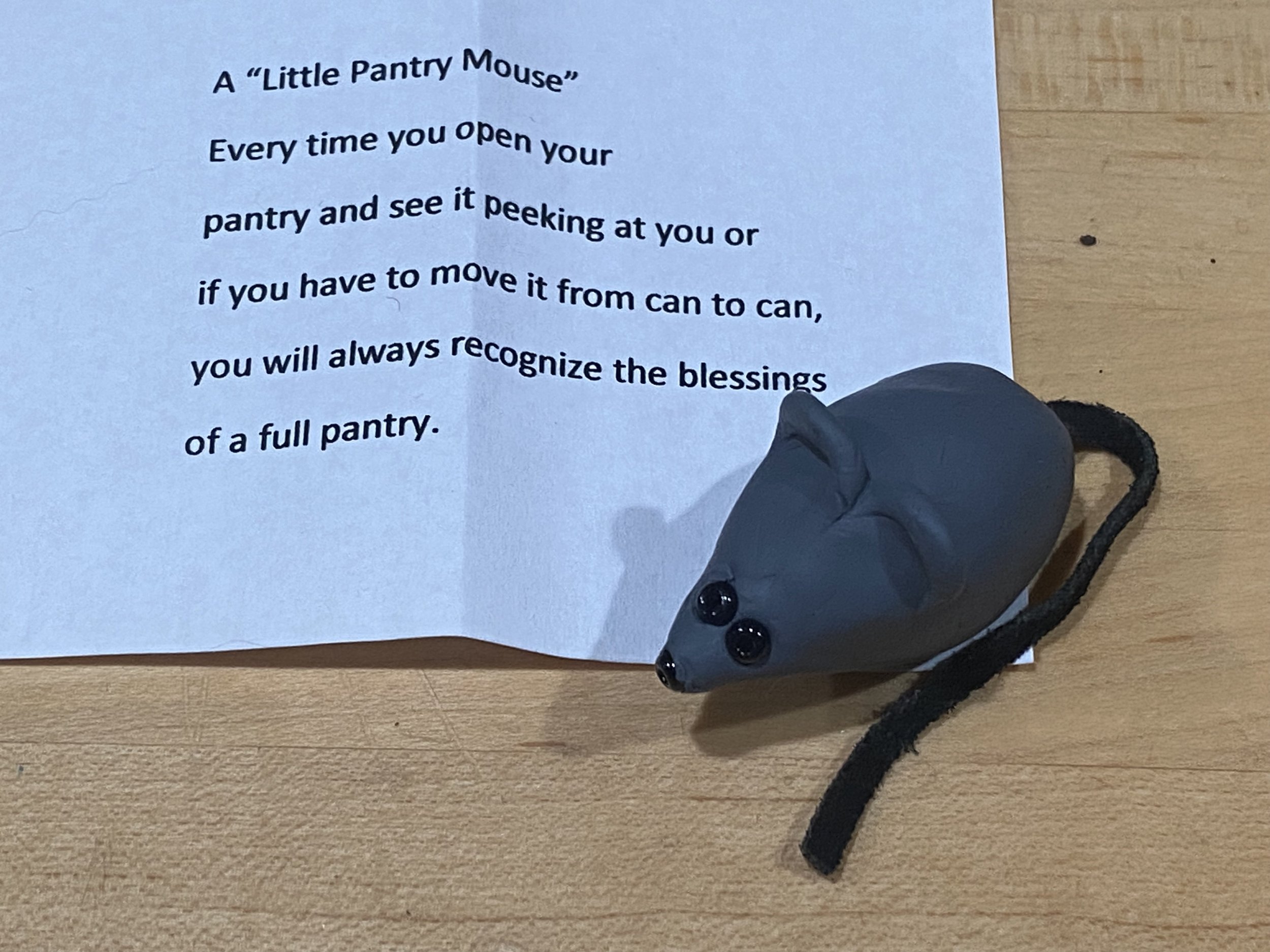Moth Orchid Care
/Reblooming moth orchids inside brighten up a winter day. (charlotte ekker wiggins photo)
Moth Orchid Care
Moth orchids are favorite holiday gifts although I tend to buy them for myself after they’ve bloomed and are discounted. They can be found at most grocery stores and big box stores sometimes in the checkout aisles. Although an orchid scientifically known as Phalaenopsis, these are the easiest to care for orchids.
Don’t pass them up thinking they are hard to maintain because they’re not. They do best with less water than more, indirect light and, when they do bloom, the flowers last for months.
Here's a general guide on how to care for moth orchids:
Light:
Moth orchids prefer bright, indirect light. Avoid direct sunlight, especially during the hottest parts of the day.
A shaded east or west-facing window is ideal. If the leaves are dark green, they might not be getting enough light; if they're reddish, they might be getting too much.
Temperature:
Moth orchids thrive in temperatures between 65°F to 75°F (18°C to 24°C) during the day and a slightly cooler range at night.
Protect them from drafts and sudden temperature changes.
Don’t place them on top of hot surfaces.
Watering:
Water the orchid when the top inch of the potting mix feels dry. Water thoroughly, allowing excess water to drain away.
Avoid letting the orchid sit in standing water, as this can lead to root rot.
Do NOT water with ice cubes. These are tropical plants; they will do better with room temperature water.
Humidity:
Moth orchids prefer high humidity. You can increase humidity by placing a tray of water near the orchid or using a humidifier.
Misting the air around the plant can also help.
Potting Mix:
Use a well-draining orchid mix that includes bark, sphagnum moss, and perlite.
Repot the orchid every 1-2 years, or when the potting mix breaks down.
Fertilizing:
Feed your moth orchid with a balanced orchid fertilizer every 2-4 weeks during the growing season (spring and summer).
Dilute the fertilizer to half or a quarter of the recommended strength to avoid over-fertilizing.
Pruning:
Remove dead or yellowing leaves with clean, sharp scissors or pruning shears.
After the orchid has finished blooming, you can trim the flower spike just above a node to encourage the development of a new spike.
Air Circulation:
Good air circulation is essential. Avoid overcrowding plants, and ensure there is space between leaves to prevent the development of fungal issues.
Pests and Diseases:
Keep an eye out for pests like scale, mites, or aphids. If you notice any issues, treat them promptly.
Watch for signs of fungal or bacterial diseases, and address them immediately by removing affected parts or using appropriate treatments.
Patience: Orchids are slow-growing plants. Some may grow a new spike right after blooming, others may take months before they are ready to re-bloom. Be patient and consistent with your care routine and these flowers will re-bloom for years!
Moth orchids make lovely gifts any time of the year. Pick ones with unopened buds for the longest lasting blooms.
For more tips on gardening, beekeeping, cooking and easy home decor, subscribe to my weekly Garden Notes.
Charlotte












